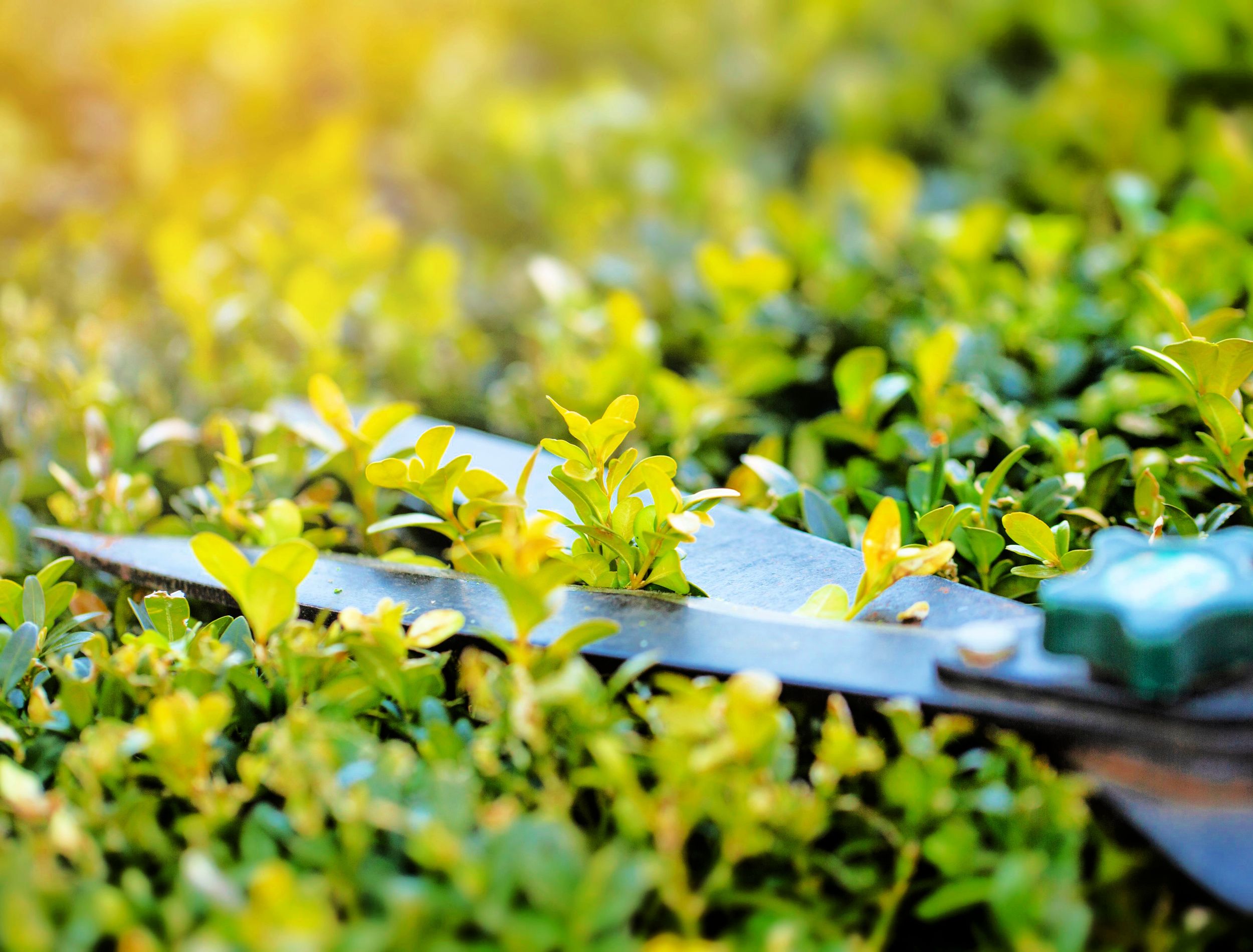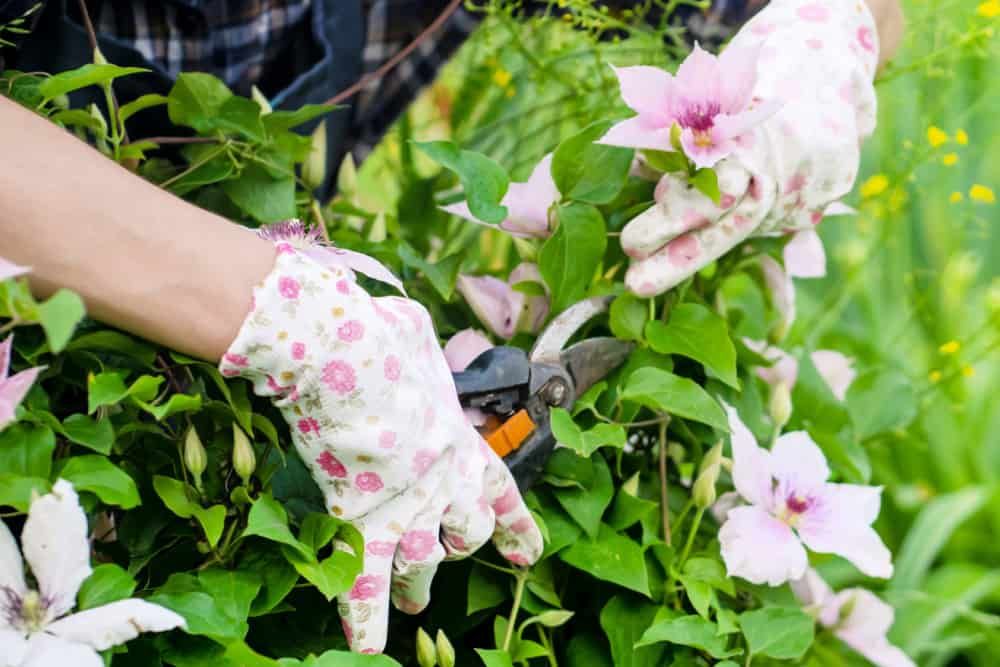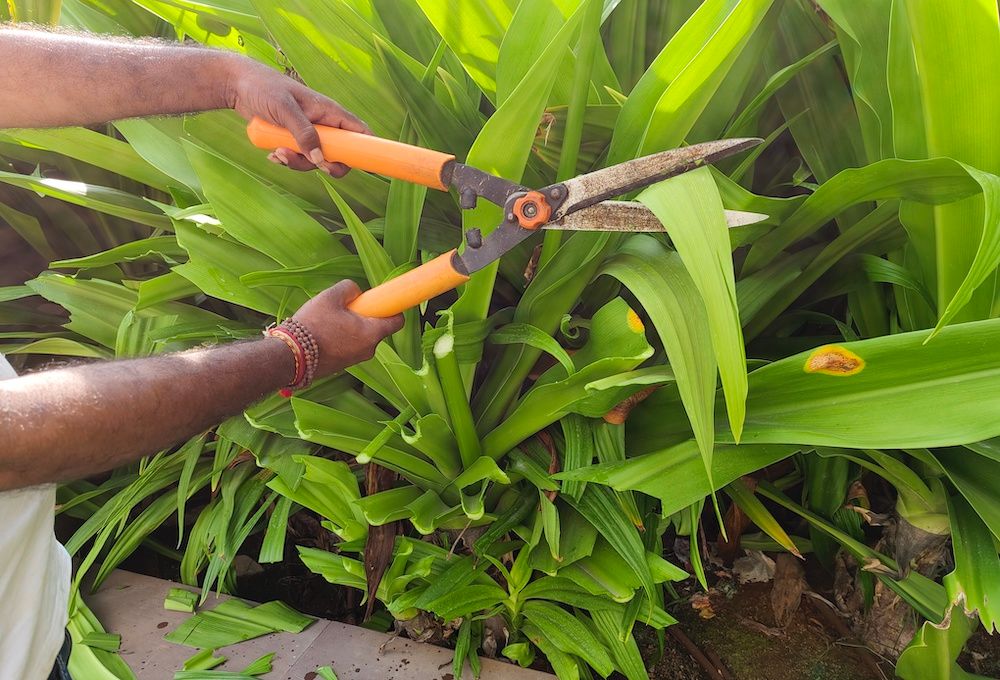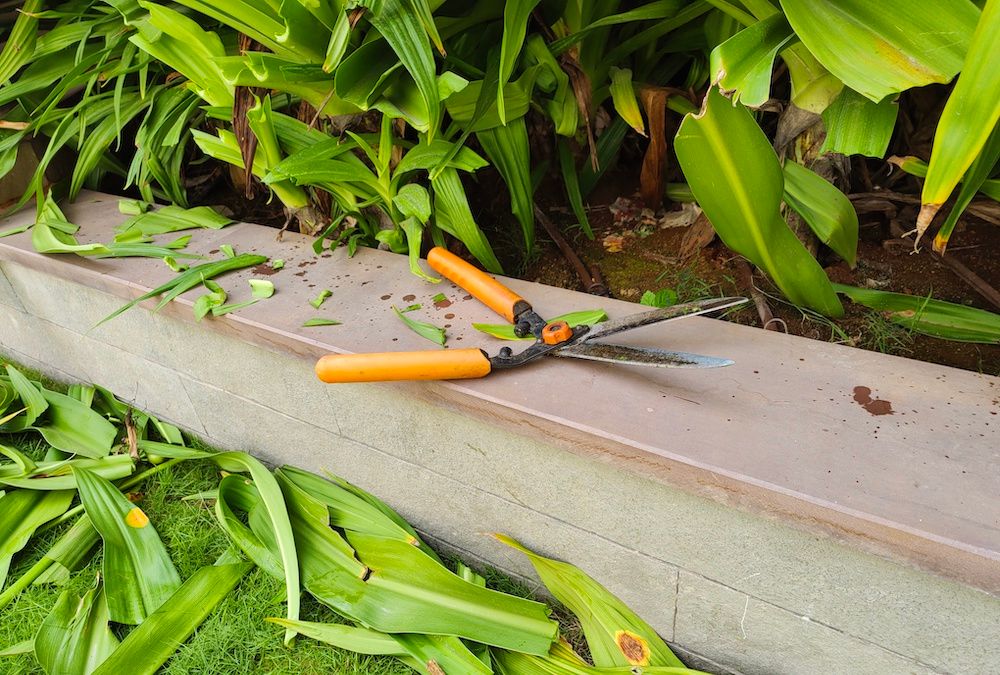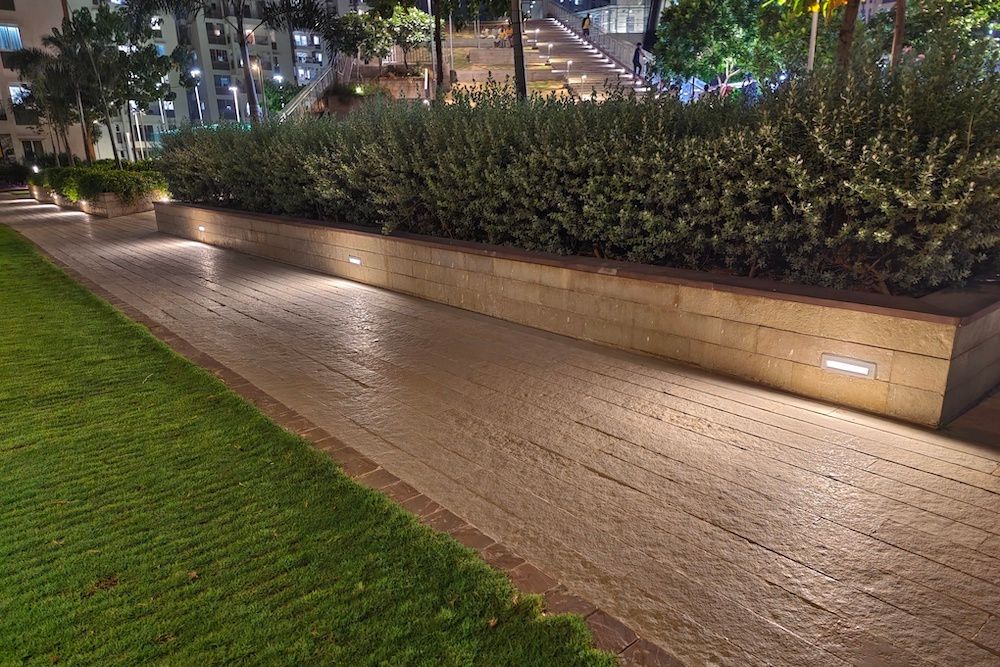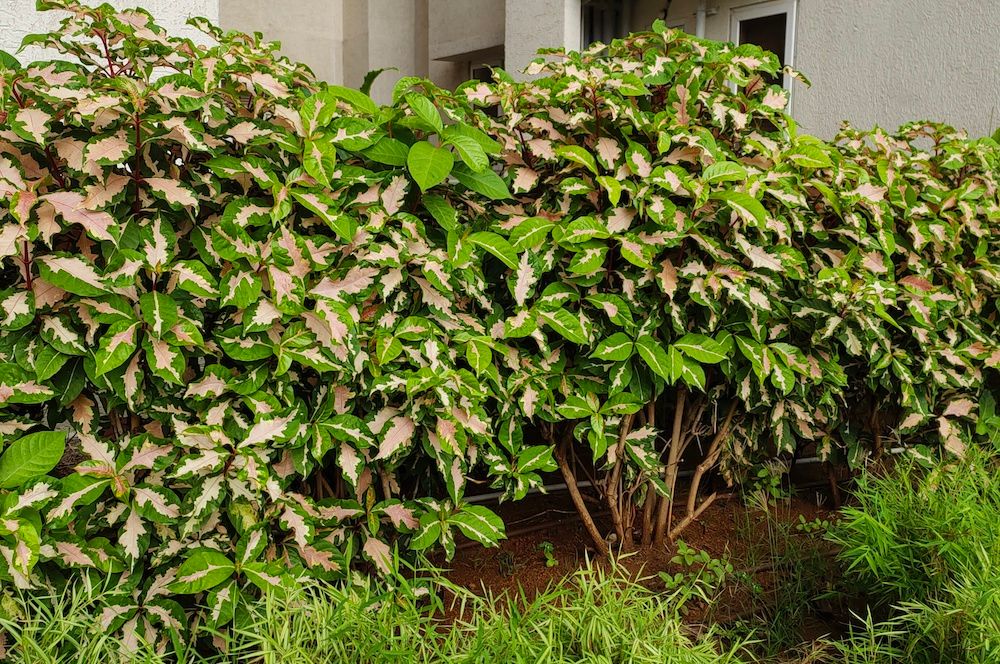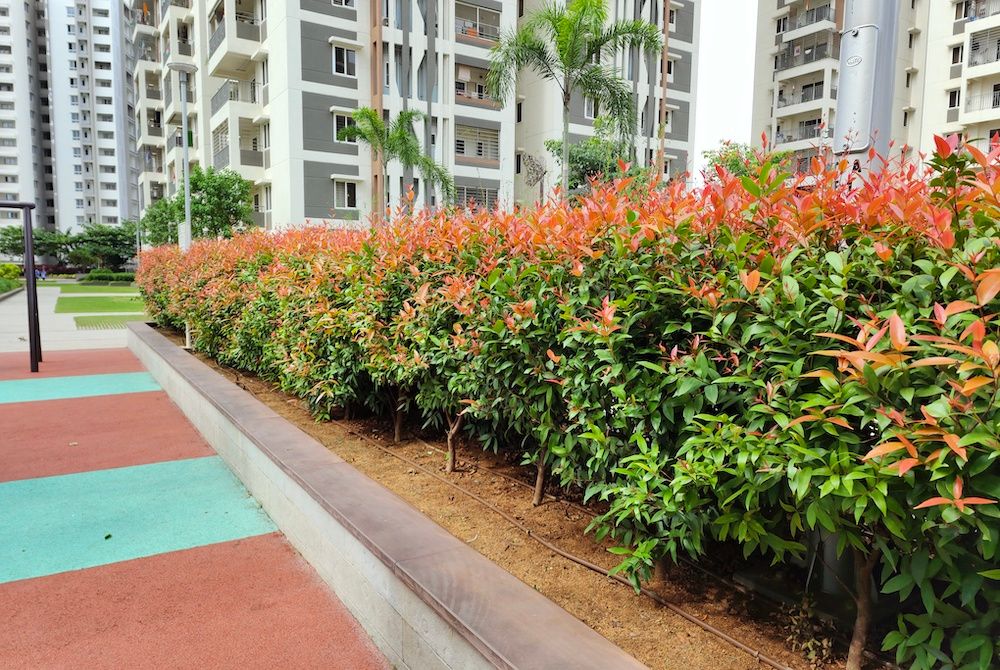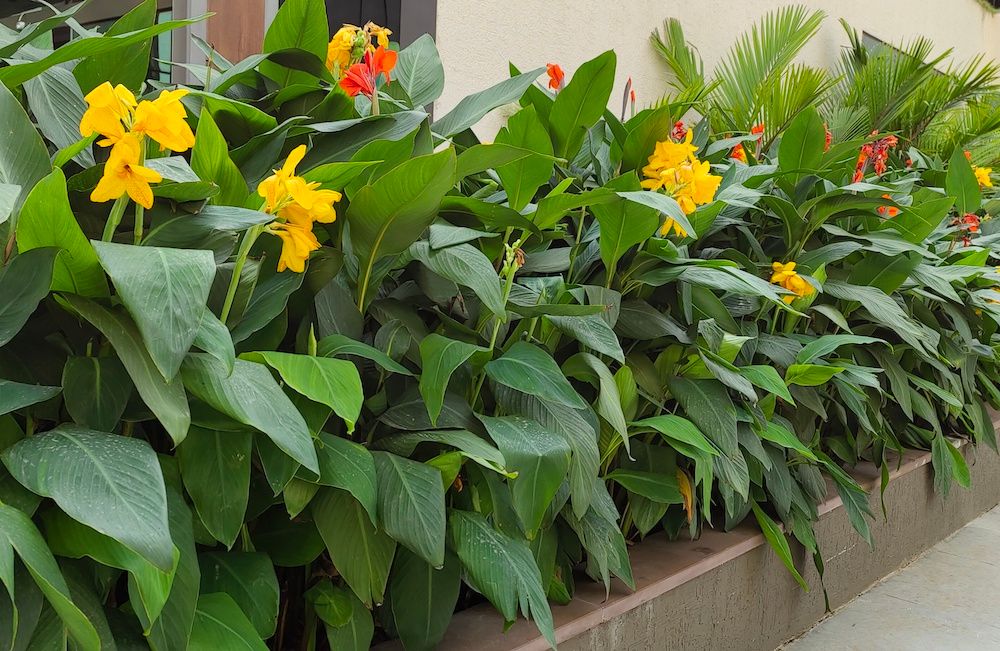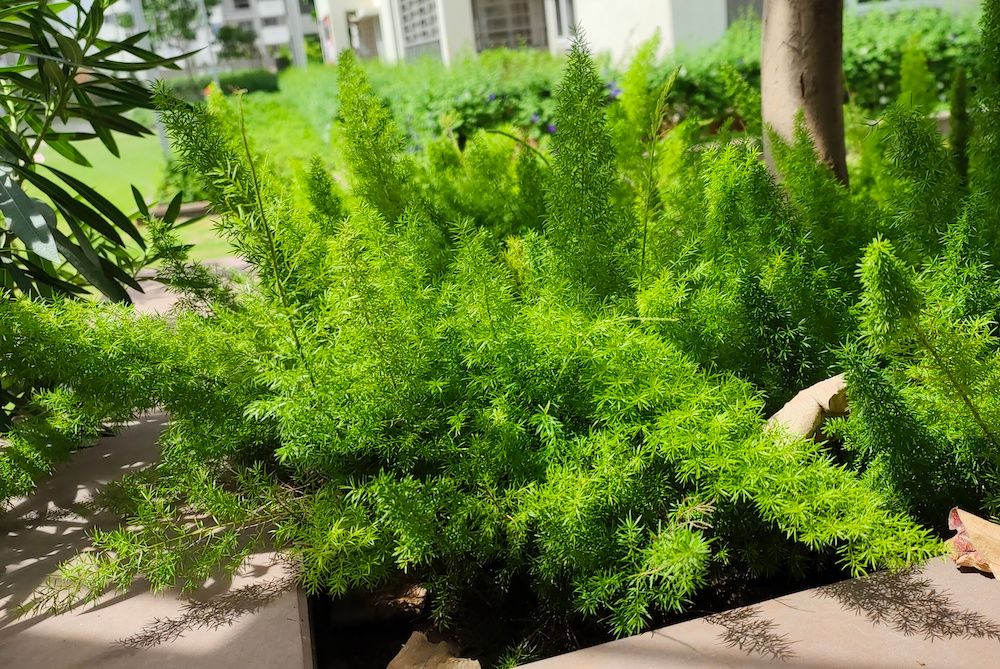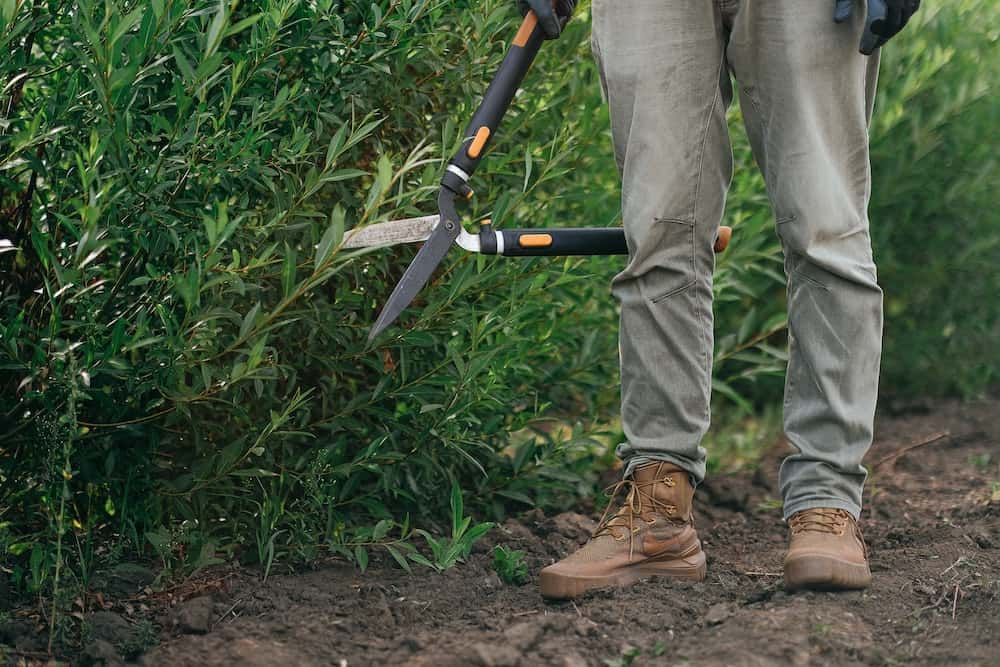Pruning is a dateless gardening practice that has evolved in its methods and purposes. On its surface, pruning may look like cutting back branches and foliage, but if done correctly, it can enhance the beauty and yield of a plant. On the other hand, improper pruning can ruin a plant's appeal and, even worse -- its health.
Have you ever wondered why trees and shrubs sprawl freely in nature and remain healthy? Although natural forces do prune them without sharp gardening tools, wild plants are often healthier than those people prune because they're not being cut with incorrect pruning techniques. Pruning isn't about snipping and thinning plants however you see fit; it's a skill with basic principles for different types of plants.
If you want to learn the basics of pruning shrubs and woody plants, keep reading!
What is Pruning?
Image credits: africa_pink via Shutterstock
Pruning is an act of removing parts of a plant to improve its health, appearance, and landscaping value. When you prune your plants, you redirect its energy to its remaining flowers and stems and to developing new fruit. You should prune your plants to:
- Promote a healthy plant
- Improve the quality of fruit, flowers, foliage, or stems
- Improve the plant's appearance
- Restrict growth
Rules for Pruning Shrubs and Woody Plants
Have a Plan
Image credit: Lakeisha Ethans for Backyard Boss
Before you start pruning, consider the reasons, purpose, and steps you will take. Put the sections you will be cutting in order of importance. For example, prune diseased and broken stems first and then tackle dead leaves and flowers.
Get Good Pruning Equipment
Image credit: Lakeisha Ethans for Backyard Boss
While it's not necessary to have all the various styles of shears and saws, your pruning equipment should be sharp with handles that give you a good grip.
- Pruning Shears: most can cut stems measuring up to ½ an inch in diameter. They come in two styles; scissor-action (one sharp blade and one thick blade) and anvil cut (sharpened blade with a broad, flat blade).
- Lopping Shears: have long handles and can cut through branches of 2 inches or more.
- Hedge Shears: ideal for shearing plants into hedges or other shapes. You can manually operate hedge shears, but for larger hedges, use power-driven ones.
- Pruning Saw: comes in two types; rigid or folding. You can use pruning saws to cut larger branches too big for hand shears.
- Tree Saws: ideal for removing large tree branches.
Deciduous and Flowering Shrubs
Image credit: Lakeisha Ethans for Backyard Boss
Deciduous shrubs are plants that generally have leaves during the growing season and lose their leaves during the dormant season (winter). Deciduous plants send food reserves to their roots when they shed their leaves.
If you prune them in the winter or spring, they have the resources to regrow from cuts and balance their roots with their top growth. You shouldn't prune them in the summer because you'll be removing the food reserves in the green leaves before the plant can send them to its roots.
Recommended Cut: Thinning Out
Thin out deciduous shrubs by cutting off their branches or twigs at their point of origin, either from the parent stem or ground level. This pruning method doesn’t promote excessive new growth but creates space for the regrowth of side branches.
Even if you prune a considerable amount of growth, the plant's growth habit or natural appearance won’t change drastically. Be sure to time the pruning for flowering shrubs, so you don't disrupt blooming.
Flowering shrubs that bloom in spring should be pruned soon after they bloom to allow for plentiful growth in the summer. While you can prune some plants in the fall, others can be pruned in early summer and some in late summer.
Pro-Tip: Use pruning shears, loppers, or a saw -- do not use hedge shears.
Woody Plants
Image credit: Lakeisha Ethans for Backyard Boss
Woody plants are long-living plants that create stiff structures above ground that they use throughout their lives. Signs that a woody plant needs pruning:
- Has dead, dying, or severely diseased branches,
- Branches are growing toward or across the tree's center,
- Has crossed limbs that rub together or look like they will rub in the future,
- Has v-shaped crotches (tree bark that becomes trapped between tree limbs, resulting in weak attachment),
- Its growth interferes with property or the public (power lines, sidewalks, buildings, traffic, or traffic visibility).
Pro-Tip: Prune woody plants with a garden pruner, tree loppers, hedge shears, or a pruning saw.
1. Hedges
Image credit: Lakeisha Ethans for Backyard Boss
Hedges are famous for their solid form, which makes them ideal for screens, fences, and edging. Hedges and shaping go hand-in-hand. You need to start pruning a hedge right when you plant it. Make sure you buy a hedge that is already 1 to 2 feet in height and cut it to 6 to 8 inches when you plant it.
You'll cut back half the growth either later that season or the next. Repeat the following year. You can start shaping hedges in their third year before they reach their final height.
This is to ensure there's no compact branching at the base. While flat tops and vertical sides are popular hedge shapes, the most foolproof shape is a rounded, slightly pointed adaptation of its natural form with a broad base. (This is because straight lines require more frequent trimming when compared to rounded shapes.)
Pro-Tip: Use traditional scissor-action hedge shears and hand pruners. Avoid electric trimmers; they can tear twigs. You can remove larger, individual branches with a pruning saw or lopper shears.
2. Broad-Leaved Evergreens
Image credit: Lakeisha Ethans for Backyard Boss
Evergreen plants with broad leaves and a flat surface can go for years without pruning; if too much wood is cut off from these plants, the number of flowers they produce will reduce in the next season.
At best, remove old or weak stems; for older evergreens, you can trim them back 6 to 8 inches from the ground before spring growth. This will stimulate the development of new shoots from the base of the plant.
3. Narrow-Leaved Evergreens
Image credit: Lakeisha Ethans for Backyard Boss
Evergreen plants with needle-shaped leaves, like pines or junipers, produce new growth in spring and fall. Let evergreens assume their natural shape and prune them according to their growth habits. You should cut individual branches to maintain compact and controlled growth.
Refrain from shearing (limit shearing to hedges, topiary, or any other formal growth habit) because it prevents light from reaching the center of the plant, resulting in foliage drop.
Pruning Tips to Keep in Mind
Image credits: Anna Shvets via Pexels
Tool Sanitation
It is essential to use clean and sharp tools when pruning. Be sure to clean and sanitize them by wiping them with 70 percent Isopropyl Alcohol or a 10 percent bleach solution after use. The latter solution may have a corrosive effect on your tools over time.
Time Your Pruning Sessions
If you prune at the right time, you can avoid many diseases and wilt. For example, if you prune hawthorn in spring or summer, it is at a higher risk of getting infected by a bacterial disease like fire blight.
If you prune hawthorn in autumn or early winter, it might dry and die back at the cuts. Some trees produce sap that is emitted after pruning in late winter or early spring. To avoid a sticky and messy pruning endeavor, prune the trees after their leaves have fully expanded in late spring or early summer.
In Summary
How you prune your plants can make or break them, so it is important to consider your skills, equipment, and purpose before cutting. Pruning isn't just about thinning down a plant; its purpose is to improve its health while ensuring it isn't causing trouble to humans, animals, and the surrounding structures.
Share any of your thoughts and questions in the comment section below.
Happy Gardening!

